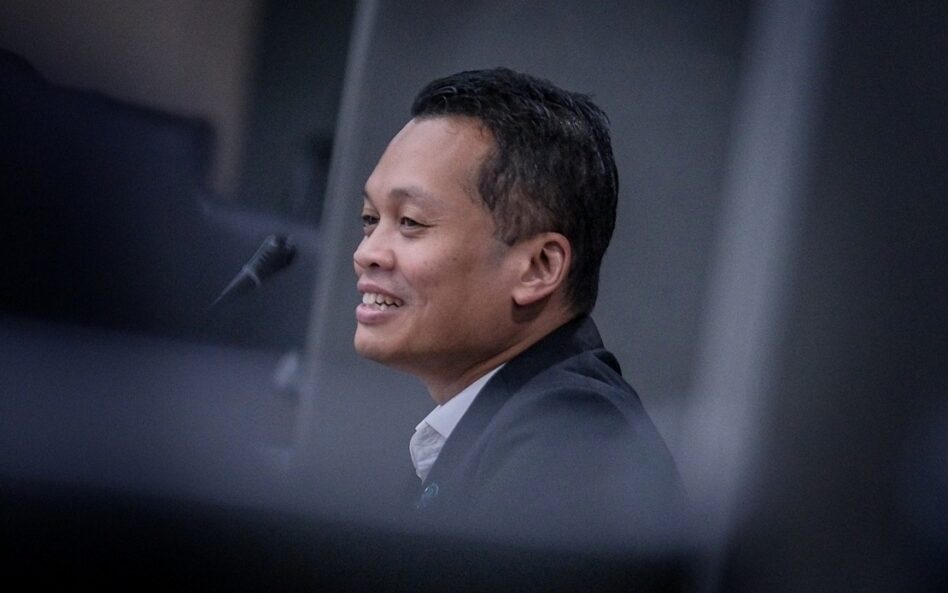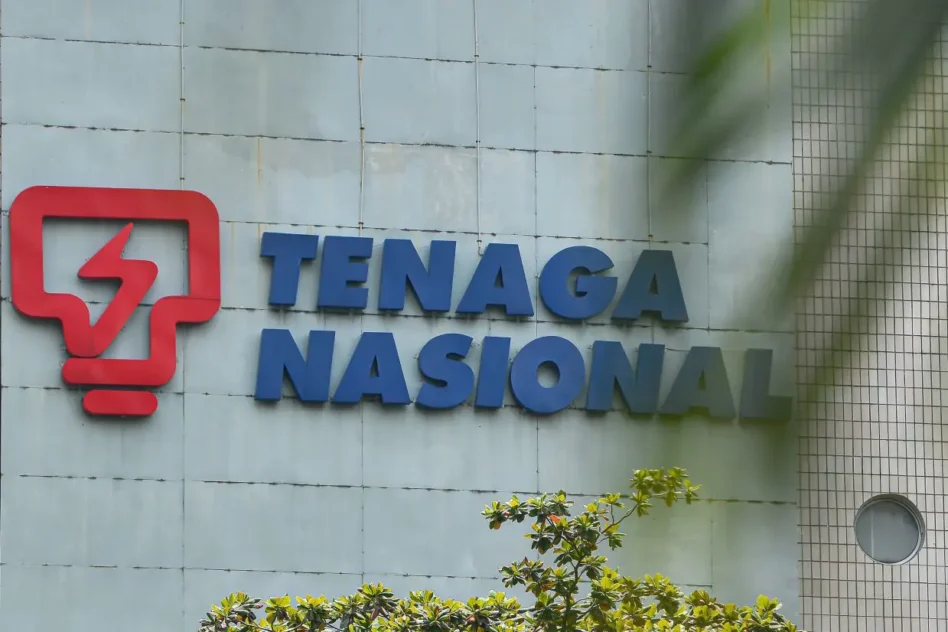by KT Ong
THE pandemic has just about changed every aspect of our lives. The accelerated change in how we work has left many organisations looking to embrace some form of remote working permanently.
That means taking into consideration the needs and concerns of employees to provide them with the tools and resources to be at their best at work – whether that be at the office or remote – while prioritising health and safety of the workforce and securing business continuity.
Remote work is not something new to Malaysians. In a recent survey commissioned by Dell Technologies to assess the readiness of employees in Malaysia to embrace remote working for the long term, the Remote Work Readiness Index found that 70% of respondents had experienced remote working to some degree prior to the movement control order (MCO) measures being put in place.
As a result of the MCO, more than eight in 10 employees (84%) now feel they are prepared for long-term remote work. However, Malaysia employees are approaching the idea cautiously as they look for greater support from employers to make remote work a success; according to the survey, less than half (43%) feel that their company fully supports remote work.
Switching to a remote work setting in the short term means there is a lot that organisations can “make-do” especially in a cloud-reliant world filled with collaborative tools for file sharing, conference calls, chat and more.
However, 2020 has forced businesses to rethink their approach to enable a highly remote or hybrid workforce as they begin to consider remote working as a permanent move rather than just a short-term fix. And it brings with it additional technological, organisational and cultural challenges.
Remote work is here to stay, but concerns remain
Business success today means more than just providing the right technology devices to support remote work. Telecommunication infrastructure will also need to cope with the increase in bandwidth demanded by employees working outside of the traditional office setting.
This is supported by the finding in the report, showing that one in three Malaysian employees (33%) rank stability of their remote networks, including Internet bandwidth, as the most critical concern if remote work arrangements are to continue for the long term.
A similar proportion (31%) worry about the blurring boundaries between work and personal lives as we see the rise of the “hybrid” workplace model – a combination of the physical and remote office.
The pivot to remote work arrangements has also raised the concerns of Malaysian employees about having the right technology assets to be productive while working remotely.
Almost one-third (29%) of them have had to contend with using their own devices or productivity tools for work, which is of particular concern given the IT security risks this poses
Organisations must not compromise security for ease of use but take a security-first posture – prioritising a trusted, secure mobile workspace for employees that protects all data at all costs.
All of this points organisations towards needing to ensure that there are systems in place to help the workforce embrace a virtual culture and be successful at it. This is applicable both from a technical and procedural standpoint.
The time to act is now
The future of work is taking shape now. The digital transformation that companies embark on today will equip them with the flexibility they need to adjust to the new business realities of tomorrow. Adopting and adapting technology will allow empowered employees to do more with less—regardless of where they are working from.
However, change needs to be managed carefully. Digital transformation can be technologically complex and financially challenging. Start small to confirm best approaches and this will lay the foundations for success.
At the start of the pandemic, we saw companies quickly transform to enable their employees to work from home so that business could continue.
Now, companies are putting a greater emphasis on this pivot—reprioritising technology investments in securing remote workforces, implementing tools to keep staff working productively from home for the foreseeable future and revisiting organisational processes that support them throughout.
There is no doubt the hybrid workplace model is here to stay. To navigate these changes now and into the future, organisations not only need to adopt adaptable technologies that accommodate new ways of working seamlessly and securely, but also create a resilient culture and conducive environment where employees remain engaged and productive. – Mar 5, 2021
KT Ong is the country manager for Dell Technologies (Malaysia)
The views expressed are solely of the author and do not necessarily reflect those of Focus Malaysia.









